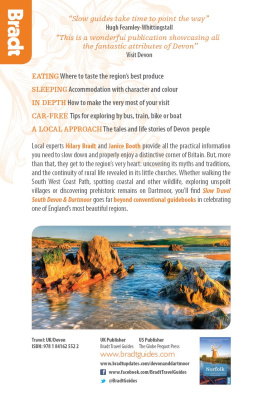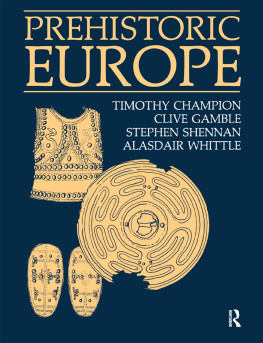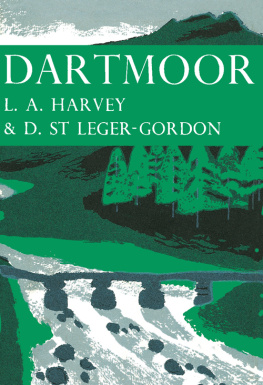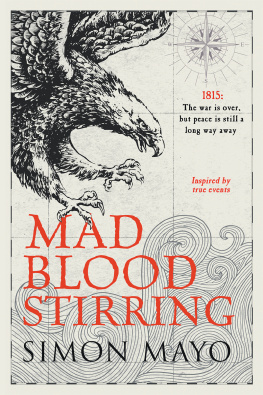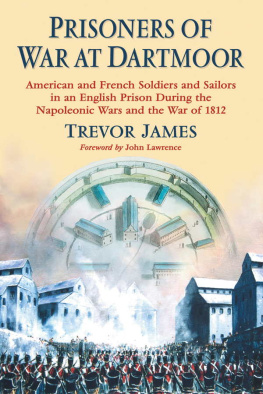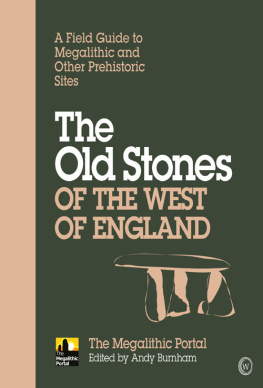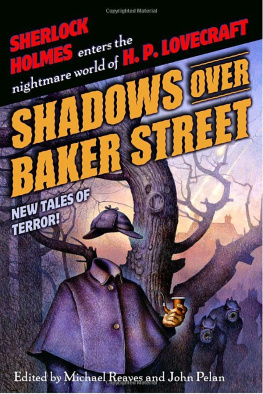Andrew Fleming - The Dartmoor Reaves: Investigating Prehistoric Land Divisions
Here you can read online Andrew Fleming - The Dartmoor Reaves: Investigating Prehistoric Land Divisions full text of the book (entire story) in english for free. Download pdf and epub, get meaning, cover and reviews about this ebook. year: 2008, publisher: Windgather Press, genre: Art. Description of the work, (preface) as well as reviews are available. Best literature library LitArk.com created for fans of good reading and offers a wide selection of genres:
Romance novel
Science fiction
Adventure
Detective
Science
History
Home and family
Prose
Art
Politics
Computer
Non-fiction
Religion
Business
Children
Humor
Choose a favorite category and find really read worthwhile books. Enjoy immersion in the world of imagination, feel the emotions of the characters or learn something new for yourself, make an fascinating discovery.

- Book:The Dartmoor Reaves: Investigating Prehistoric Land Divisions
- Author:
- Publisher:Windgather Press
- Genre:
- Year:2008
- Rating:4 / 5
- Favourites:Add to favourites
- Your mark:
The Dartmoor Reaves: Investigating Prehistoric Land Divisions: summary, description and annotation
We offer to read an annotation, description, summary or preface (depends on what the author of the book "The Dartmoor Reaves: Investigating Prehistoric Land Divisions" wrote himself). If you haven't found the necessary information about the book — write in the comments, we will try to find it.
Dartmoor has long been known for the richness of its prehistoric heritage; stone circles, hut circles, massive burial cairns, and stone rows all pepper the landscape. In the 1970s a new dimension was added, with the recognition that the long-ignored reaves (ruined walls) are also prehistoric; Dartmoor now posed all sorts of questions about the nature of Bronze Age society. Andrew Fleming describes the critical moment when his own fieldwork picked up the pattern of the reaves, and he realized their true identity.
His new chapters place Dartmoors large-scale, planned, prehistoric landscapes in the context of other co-axial field systems that have since been found elsewhere, and also discuss their meaning, in the light of the latest research on the Bronze Age.
Andrew Fleming: author's other books
Who wrote The Dartmoor Reaves: Investigating Prehistoric Land Divisions? Find out the surname, the name of the author of the book and a list of all author's works by series.

